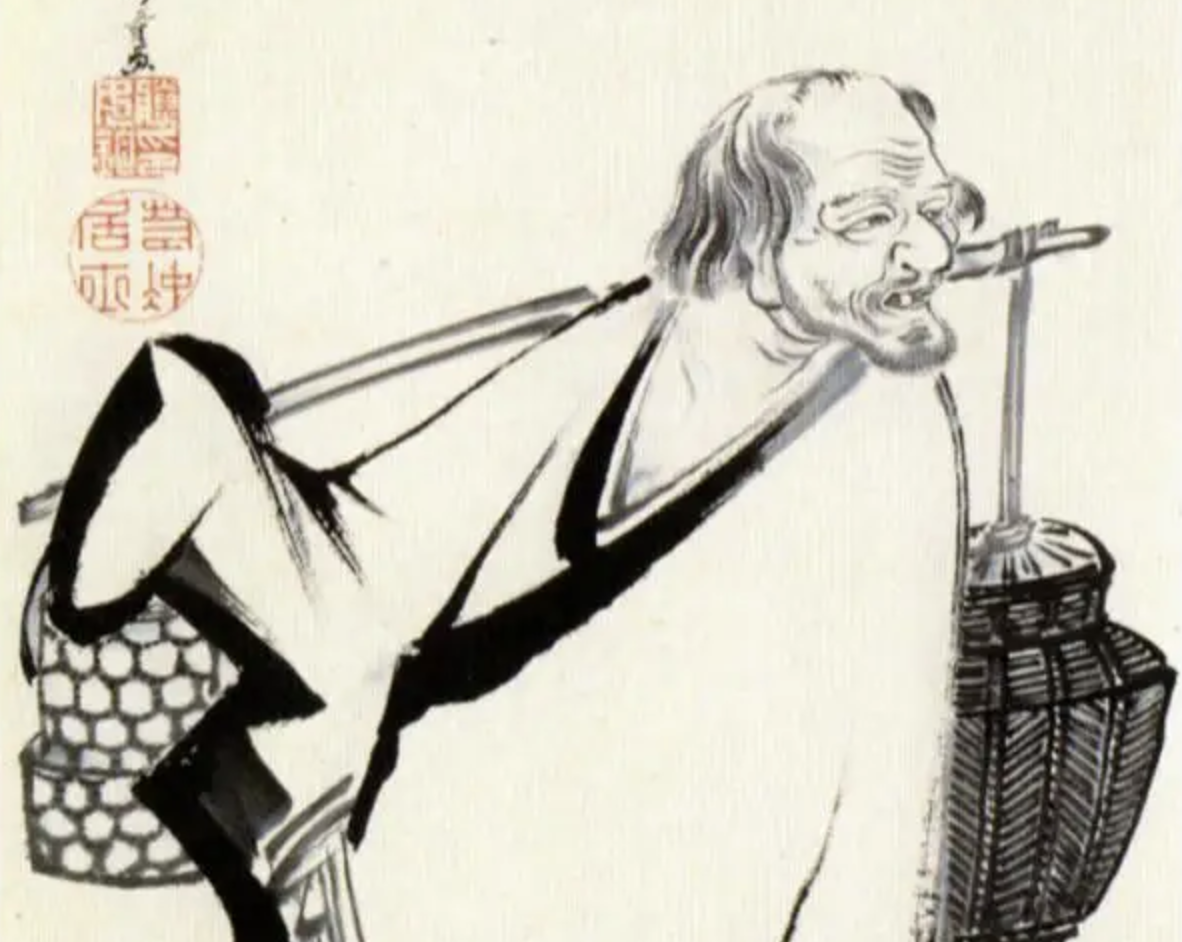“Tea, please!”
If you were to ask a Japanese person that, they would probably offer you sencha.
In the West, most people think of tea as black tea, but for the Japanese, tea means sencha.
When did sencha start to be drunk in Japan?
There is no doubt that sencha, like matcha, was introduced from China.
However, it is not clear when and how it was introduced.
It is said to have been introduced by the monk Ingen, who came from China in 1654, but there are many theories.
He is said to have introduced green beans, watermelon, lotus root, and the Ming Dynasty style of writing, and sencha is said to be one of the things he introduced.
In July 1654, Ingen landed in Nagasaki and later met the Shogun in Tokyo, after which he built Manpukuji Temple in Uji, Kyoto. Manpuku-ji Temple is now the head temple of various schools of sencha tea ceremony (tea ceremony using sencha).
There is also a theory that the tea processing was introduced to Fudoyama, Ureshino City, Saga Prefecture by Ko Reimin in 1504. According to this theory, “Kourei” means Koryo (a country on the Korean Peninsula) and may refer to Koryo people (people from Koryo) rather than a specific person.
Another famous person who popularized sencha tea is Baisao.
He was born as a child of a doctor in Hasuike, Saga City, Saga Prefecture, and joined a monastery at the age of 11. At the age of 60, he opened a Japanese tea cafe called “Tsusentei” and is said to have popularised sencha.
At that time, sencha was a type of green tea made by firing tea in a large pan.
Later, in 1738, Soen Nagatani popularised a needle-shaped sencha called “nobi sencha” (=elongated sencha) in Ujitawara, Kyoto. That tea is characterised by steaming, killing green tea, and rolling it into a needle shape.
It is this needle-shaped tea that is now known as sencha.
For more than 100 years after sencha was first introduced to Japan, the word sencha used to mean pan-fired green tea (like a kamairi tamaryokucha), but later it came to mean sencha with needle-shaped tea leaves made by steaming.
Nowadays, tamaryokucha is not only made by the pan-fired method, but also by the steamed method. Today, steamed tamaryokucha is the mainstream, with more than 90% of tamaryokucha in circulation being produced using the steaming method.
It’s interesting how much you don’t know about history when you dig deeper.
